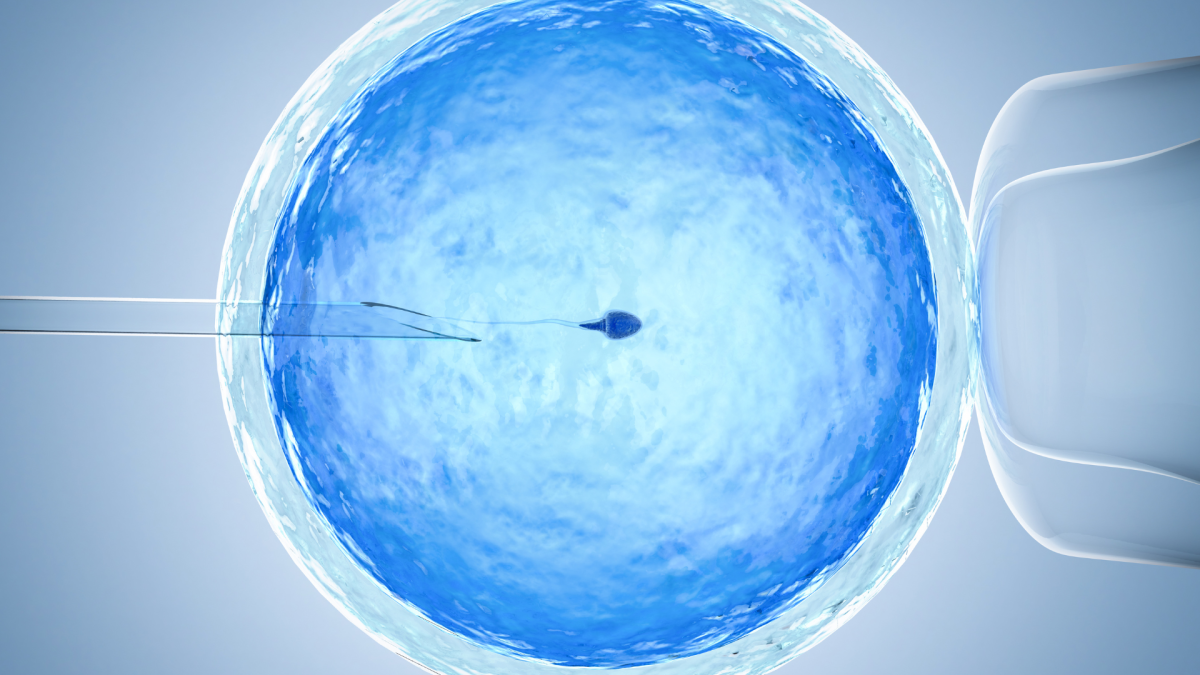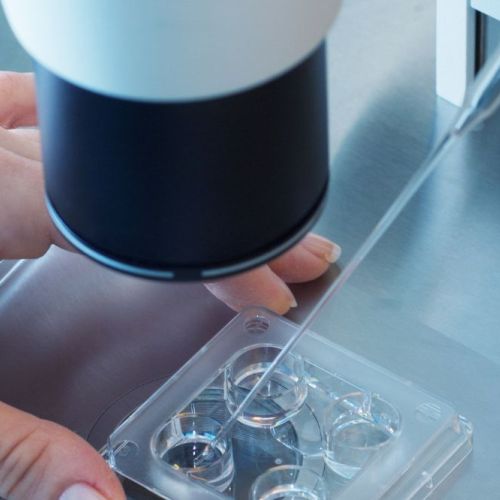Types of Artificial Insemination

Wanting to get pregnant and not being successful is disappointing and frustrating. One of the most well-known forms of fertility treatment is artificial insemination, in which sperm is inserted into a woman’s reproductive tract. The sperm may be sperm from a sperm donor or from the woman’s partner. The sperm is washed to enhance the quality of the sperm which helps to provide the best chance of attaining a successful pregnancy.
Artificial insemination is usually the first type of fertility treatment tried when the cause of infertility hasn’t been identified. It’s a quick and painless procedure that’s also a good option for single women, same sex female couples or women whose partner has low sperm count or poor quality sperm. There are four types of artificial insemination.
Intrauterine Insemination
Intrauterine insemination (IUI) is an outpatient procedure in which sperm is injected directly into the uterus using a catheter. Fertility drugs are given for a period of time before the procedure is done to help stimulate egg production. Since the sperm is injected directly into the uterus, it doesn’t have far to travel, which means this type of artificial insemination may have better success rates than other types.
Intracervical Insemination
An alternative to IUI is a procedure in which the sperm is placed in the female’s cervix where it can travel to the uterus on its own to unite with the egg. To improve the chance of success, a conception cap may be worn for a few hours. This approach isn’t usually as successful as IUI, but it is less expensive.
Intratubal Insemination
In this procedure, the sperm is injected into the Fallopian tubes by placing a catheter through the cervix. This may be a good option for women who have thick cervical mucus that decreases the motility of sperm or for women who don’t ovulate regularly.
Intrauterine Tubo-peritoneal Insemination
Another approach is to inject the sperm into both the uterus and the fallopian tubes, which is known as intrauterine tubo-peritoneal insemination. After the sperm is injected, a clamp is placed on the cervix to prevent leakage. This may be a good choice for couples struggling with a mild case of endometriosis or mild male infertility.
Finding the Best Fertility Treatment for You
Being unable to conceive can be emotionally devastating. There are many different reasons that you may be struggling to conceive and finding the best treatment for you involves a thorough examination and family medical history. Factors such as your age and any existing health conditions are considered as well as the health of your partner.
At the Center for Reproductive Health, experienced fertility experts determine the cause of your infertility and explain the best treatment options for you. It’s important to be well-informed and to understand all your options.
Artificial insemination is often the first type of treatment tried, but it’s not the only choice. If you have any questions or you’re interested in learning more about artificial insemination or other forms of assisted reproductive technology, contact the Center for Reproductive Health today.



